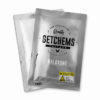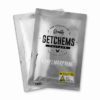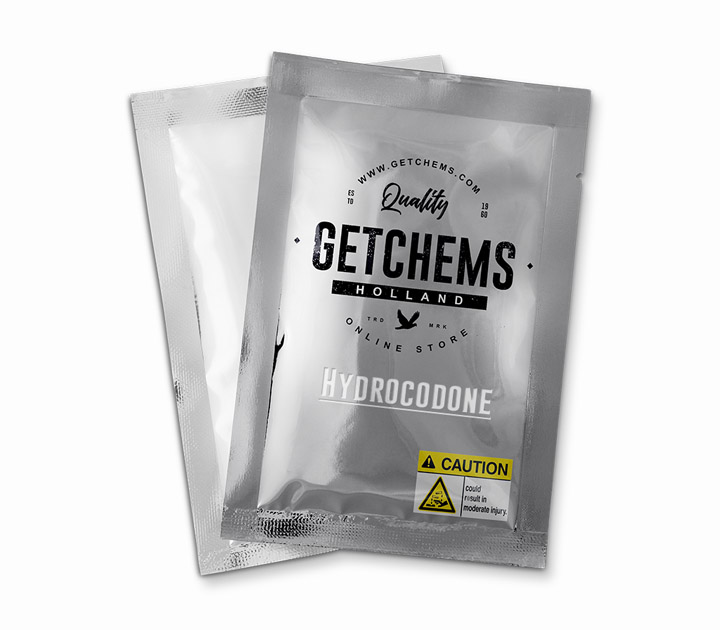No products in the cart.
Hydrocodone
€12.45
Buy Clean and pure Hydrocodone [>93.5%] direct from our online shop
Shipping to USA, EU, NZ, AU *
*for research purposes only. human consumption is against our terms of service.
the euphoria, anxiety suppression and pain relief effects appear to stem from the way in which opioids mimic endogenous endorphins. endorphins are responsible for analgesia (reducing pain), causing sleepiness, and feelings of pleasure. they can be released in response to pain, strenuous exercise, orgasm, or excitement. this mimicking of natural endorphins results in the drug’s effects.
it acts primarily on μ-opioid receptors, with about six times lesser affinity to δ-opioid receptors.
| bulk discount: | |
| 1 Gram | 12.45 |
| 3 Grams | 28.00 |
| 5 Grams | 39.00 |
| 10 Grams | 74.50 |
| 25 Grams | 171.00 |
| 50 Grams | 311.00 |













Elton –